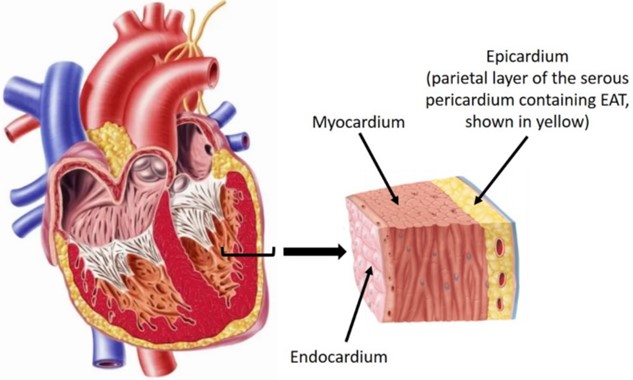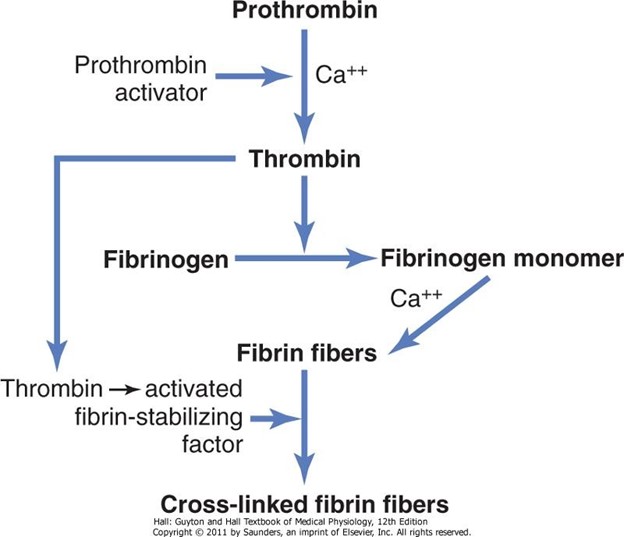Target cells for releasing hormones are in the:
Anterior pituitary gland.
Hypothalamus.
Thyroid gland.
Posterior pituitary gland.
The Correct Answer is B
The hypothalamus is the part of the brain that produces hormones that control the pituitary gland.
The pituitary gland then releases hormones that target other endocrine glands, such as the thyroid, adrenal, and gonads.
Therefore, the hypothalamus is the source of releasing hormones for target cells in the anterior pituitary gland.
Choice A is wrong because the anterior pituitary gland does not produce releasing hormones, but responds to them by secreting other hormones.
Choice C is wrong because the thyroid gland does not produce releasing hormones, but responds to them by secreting thyroid hormones.
Choice D is wrong because the posterior pituitary gland does not produce releasing hormones, but stores and releases hormones made by the hypothalamus, such as oxytocin and antidiuretic hormone.
Nursing Test Bank
Naxlex Comprehensive Predictor Exams
Related Questions
Correct Answer is B
Explanation

The endocardium is the thin inner lining of the heart chambers and also forms the surface of the heart valves.
Some possible explanations for the other choices are:
Choice A is wrong because the pericardium is the sac that surrounds the heart and consists of two layers: the fibrous pericardium and the serous pericardium.
Choice C is wrong because the myocardium is the thick middle layer of muscle that allows the heart chambers to contract and relax to pump blood to the body.
Choice D is wrong because epicardium is another name for the visceral layer of the serous pericardium that is fused to the heart and is part of the heart wall.
Correct Answer is B
Explanation

This is because fibrinogen is a soluble protein in the blood plasma that is converted to insoluble fibrin strands by the enzyme thrombin during blood clotting. Fibrin forms a mesh-like network that traps platelets and other blood cells to form a clot.
Choice A is wrong because thrombin is not converted to prothrombin, but rather prothrombin is converted to thrombin by another enzyme called prothrombinase.
Choice C is wrong because vitamin K is not converted to prothrombin, but rather vitamin K is required for the synthesis of prothrombin and other clotting factors in the liver.
Choice D is wrong because fibrin is not converted to fibrinogen, but rather fibrinogen is converted to fibrin as explained above.
Normal ranges of fibrinogen in the blood are 200 to 400 mg/dL.
Normal ranges of prothrombin time (a measure of how long it takes blood to clot) are 11 to
13.5 seconds.
Whether you are a student looking to ace your exams or a practicing nurse seeking to enhance your expertise , our nursing education contents will empower you with the confidence and competence to make a difference in the lives of patients and become a respected leader in the healthcare field.
Visit Naxlex, invest in your future and unlock endless possibilities with our unparalleled nursing education contents today
Report Wrong Answer on the Current Question
Do you disagree with the answer? If yes, what is your expected answer? Explain.
Kindly be descriptive with the issue you are facing.
